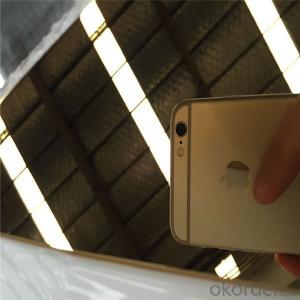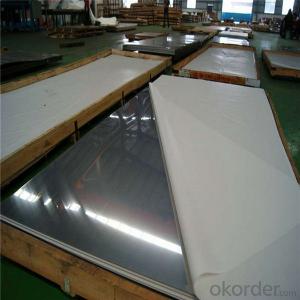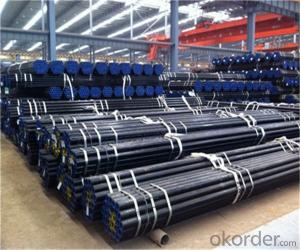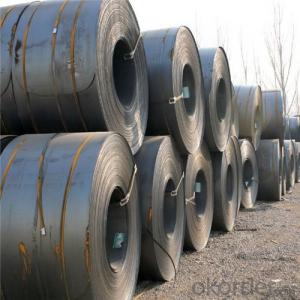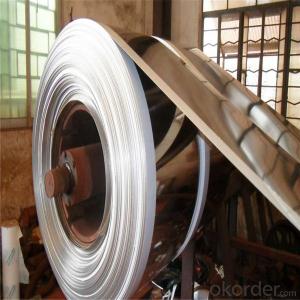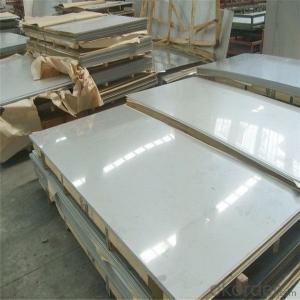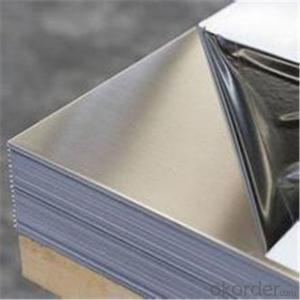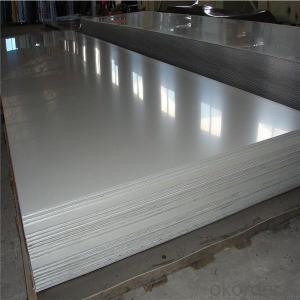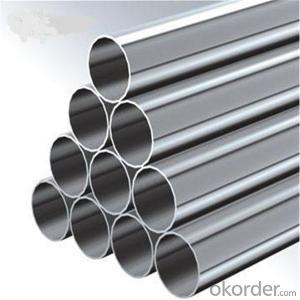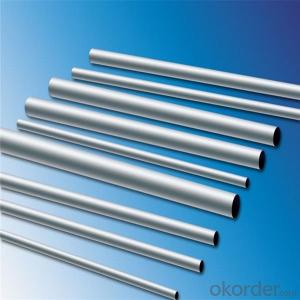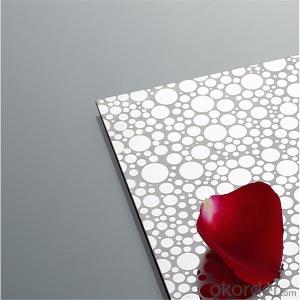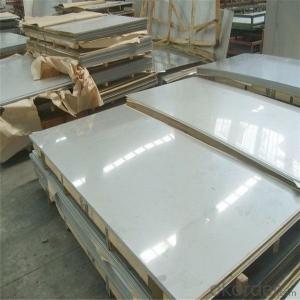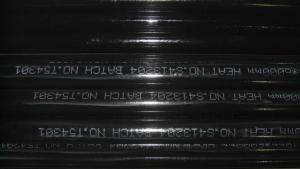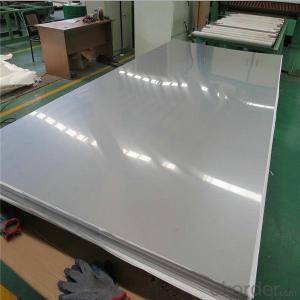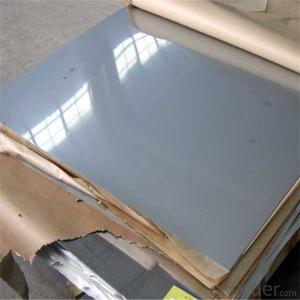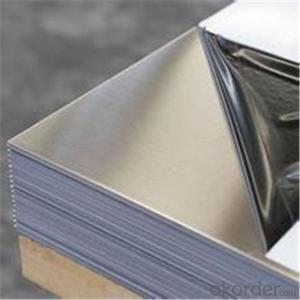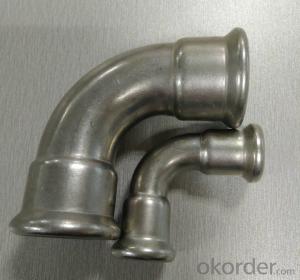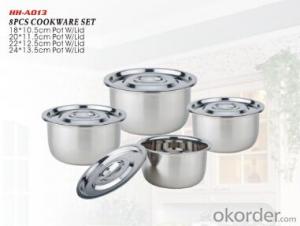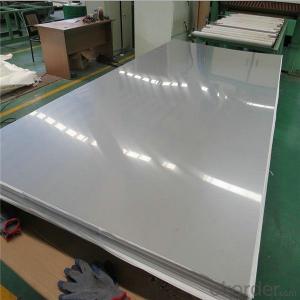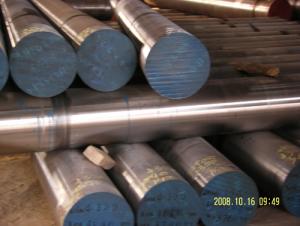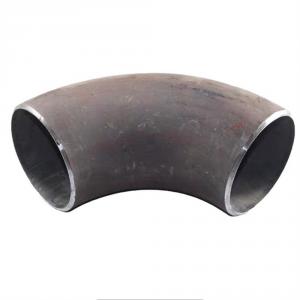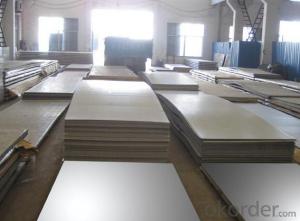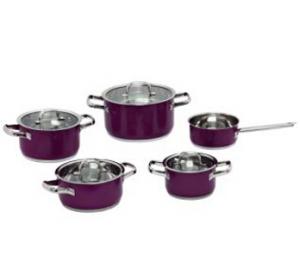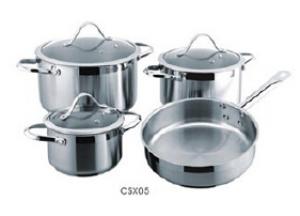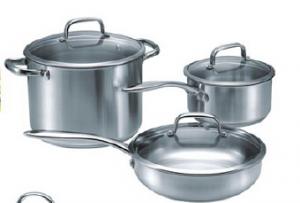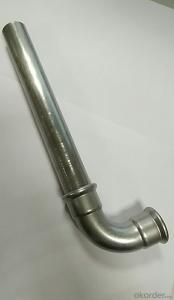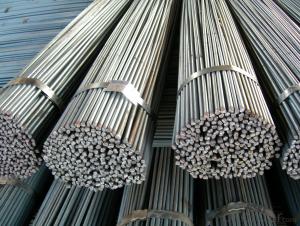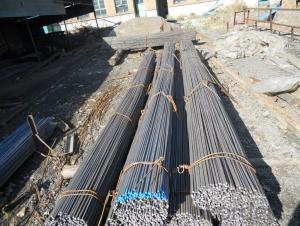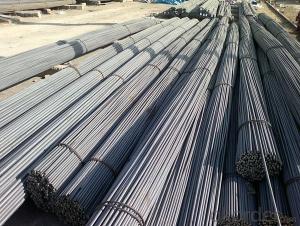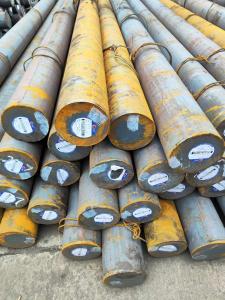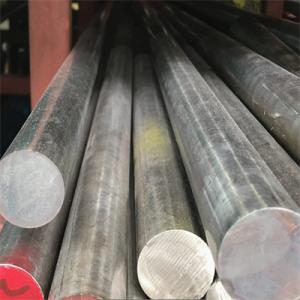904l Stainless Steel
904l Stainless Steel Related Searches
9mm Stainless Steel A4 Stainless Steel 304l Stainless Steel 403 Stainless Steel 409 Stainless Steel 440 Stainless Steel Stainless Steel 440 17 4 Stainless Steel Stainless Steel 316l 400 Stainless Steel 316l Stainless Steel 440 C Stainless Steel 455 Stainless Steel 440a Stainless Steel 440c Stainless Steel 410 Stainless Steel 4 Stainless Steel Grade 304 Stainless Steel 309 Stainless Steel Type 304 Stainless Steel Density Stainless Steel Vinegar Stainless Steel 304 Grade Stainless Steel 17 4 Ph Stainless Steel Stainless Steel Cuisinart 360 Stainless Steel 420 Stainless Steel Peeler Stainless Steel Food Grade Stainless Steel 400 Series Stainless Steel904l Stainless Steel Supplier & Manufacturer from China
904L Stainless Steel is a highly specialized grade of stainless steel known for its excellent corrosion resistance, particularly in aggressive environments such as those involving sulfuric and phosphoric acids. This grade of stainless steel is also recognized for its superior resistance to pitting and crevice corrosion, making it an ideal choice for applications where high levels of durability and resistance to chemical attack are required.The 904L Stainless Steel is widely used in various industries, including chemical processing, petrochemical, paper and pulp, and marine environments. Its exceptional properties make it suitable for a range of applications, such as heat exchangers, valves, pumps, and piping systems, where it can withstand the corrosive effects of harsh chemicals and high temperatures. This versatility allows 904L Stainless Steel to be a preferred material in demanding industrial settings, ensuring long-lasting performance and reliability.
As a leading wholesale supplier, Okorder.com offers a comprehensive inventory of 904L Stainless Steel products, catering to the needs of various industries. With a commitment to quality and customer satisfaction, Okorder.com ensures that businesses have access to a reliable source for this high-performance material, enabling them to maintain efficiency and safety in their operations.
Hot Products
